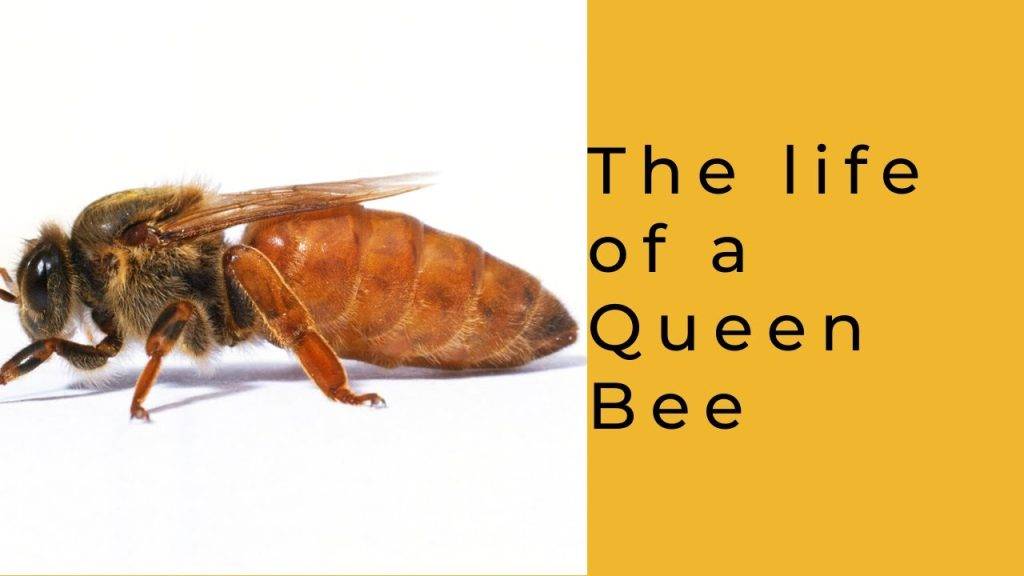Within the intricate world of honey bees, the queen bee holds a pivotal role in the hive’s survival and prosperity. Understanding the process of queen bee development, including the time it takes for a honey bee queen to hatch, is essential for beekeepers and enthusiasts alike.

In this comprehensive article, we will delve into the fascinating journey of a honey bee queen, from the laying of the egg to her emergence from the queen cell, shedding light on the time frame and key stages involved.
The Egg-Laying Process
The remarkable journey of a honey bee queen begins with the egg-laying process. The queen bee, the only fertile female in the colony, selects a worker cell within the comb for egg deposition. Using her specialized reproductive organ, she lays a single egg at the base of the cell. These eggs are incredibly small, measuring approximately 1.6 mm in length and nearly invisible to the naked eye.
Egg Development
Once the queen bee lays an egg, it undergoes an incubation period where it develops into a larva. During this time, worker bees, responsible for tending to the brood, attentively care for the eggs. The unhatched egg receives nourishment from the royal jelly secreted by the nurse bees, which provides essential nutrients and stimulates growth.
Larval Stage
After approximately three days, the egg hatches, and a minuscule larva emerges. This newly hatched larva is entirely dependent on the care of the worker bees. They diligently feed the larva copious amounts of royal jelly, a protein-rich substance secreted from their hypopharyngeal glands. This nutrient-rich diet enables the larva to grow rapidly. Throughout the larval stage, lasting around five to six days, the worker bees continue to provide nourishment, offering a combination of royal jelly and “bee bread,” a mixture of honey and pollen.
Pupal Stage
As the larva reaches the end of its growth phase, it undergoes a fascinating transformation by spinning a cocoon around itself, entering the pupal stage. The larva secretes silk from specialized glands, constructing a protective cocoon that serves as a shield during the ensuing metamorphosis. Inside the cocoon, profound internal and external changes occur as the larva undergoes development, transitioning into an adult bee.
Queen Cell
To accommodate the growing queen bee, the worker bees construct a unique structure known as a “queen cell” or “queen cup.” These queen cells are distinct from regular worker cells, both in size and orientation. Positioned vertically, the queen cell provides ample space for the developing queen bee to fully develop and emerge successfully. The construction of queen cells is a result of the bees’ instinctive recognition of the need for a new queen or the replacement of an existing one.
Emergence
The pupal stage of a honey bee queen lasts approximately 7 to 8 days. Towards the end of this period, the fully developed queen bee emerges from her queen cell. Using her strong mandibles, she chews her way through the wax cap, signaling her emergence into the hive. The emergence of the queen bee is a momentous event within the colony, as she is vital for reproductive purposes, maintaining colony unity, and ensuring the survival and growth of the hive.
Conclusion
The journey of a honey bee queen from the laying of the egg to her emergence from the queen cell is a truly remarkable process that highlights the intricate development and metamorphosis occurring within the hive. Understanding the time it takes for a honey bee queen to hatch provides valuable insight into the delicate balance of nature and the significance of proper hive management. Beekeepers and enthusiasts who grasp the journey of a honey bee queen gain a deeper appreciation for the queen’s vital role and can effectively support the vitality and success of their honey bee colonies.
By comprehending the stages involved in queen bee development, beekeepers can optimize their hive management practices. They can ensure that the queen is provided with a healthy environment and ample resources during each phase of her journey, from egg to emergence. This includes maintaining a strong and diverse population of worker bees to care for the brood, ensuring the availability of high-quality food sources, and promoting a clean and well-ventilated hive.
Furthermore, understanding the timing of a honey bee queen’s development is crucial for beekeepers to plan and manage their colonies effectively. It allows them to anticipate the emergence of new queens and prepare for colony swarming, which occurs when the old queen leaves the hive with a portion of the worker bees to establish a new colony. Beekeepers can take proactive measures to prevent swarming or harness it as a means of colony expansion or queen rearing.
In addition, knowledge of the queen’s journey can aid beekeepers in identifying and addressing any issues that may arise during her development. For instance, if the queen fails to emerge from her cell or shows signs of deformities, beekeepers can take remedial actions such as providing additional nutrition or replacing the queen if necessary.
Appreciating the intricate process of a honey bee queen’s journey also allows us to marvel at the incredible abilities and instincts of these remarkable creatures. It reminds us of the delicate balance and interconnectedness of the honey bee colony, where each member plays a specific role in ensuring its survival and success.
In conclusion, understanding the time it takes for a honey bee queen to hatch and the various stages she undergoes is a valuable asset for beekeepers and enthusiasts. It enhances our understanding of the intricate dynamics within the hive and enables us to provide optimal care for the queen and her colony.
By supporting the queen’s development and ensuring her well-being, we contribute to the overall health and productivity of our honey bee colonies, allowing them to thrive and continue their vital role in pollination and honey production.

